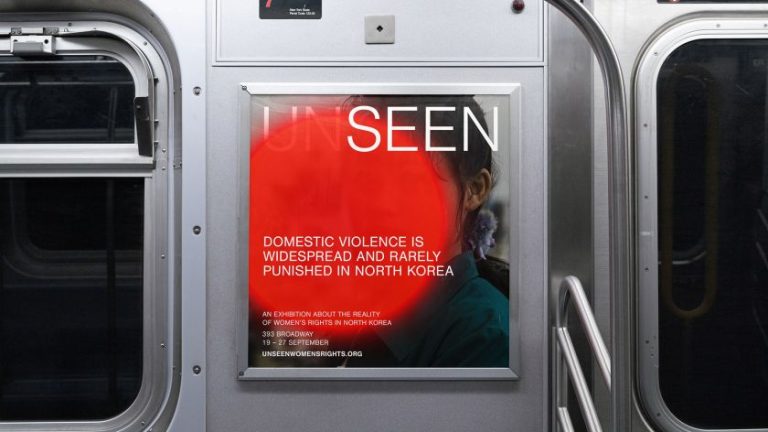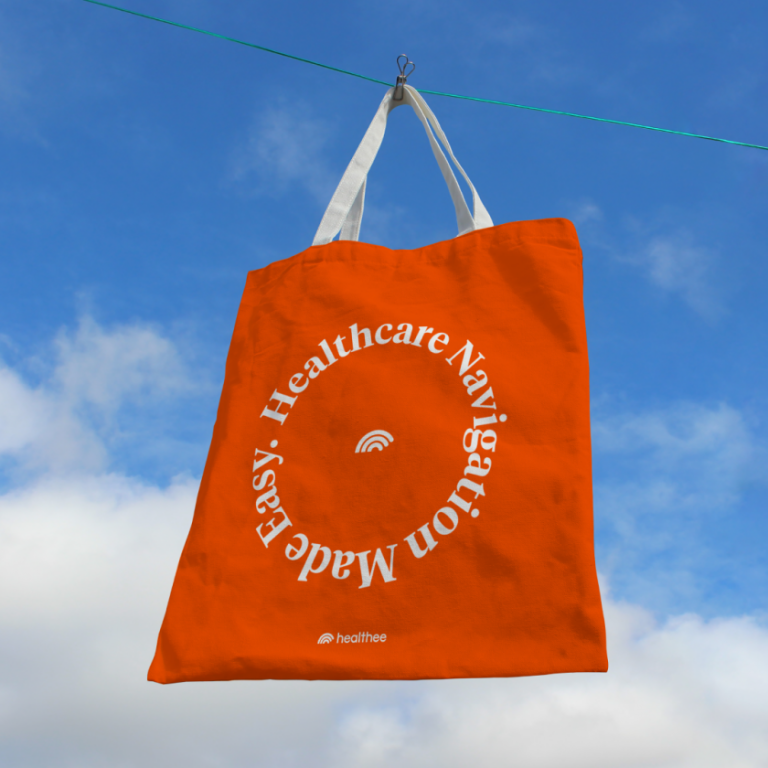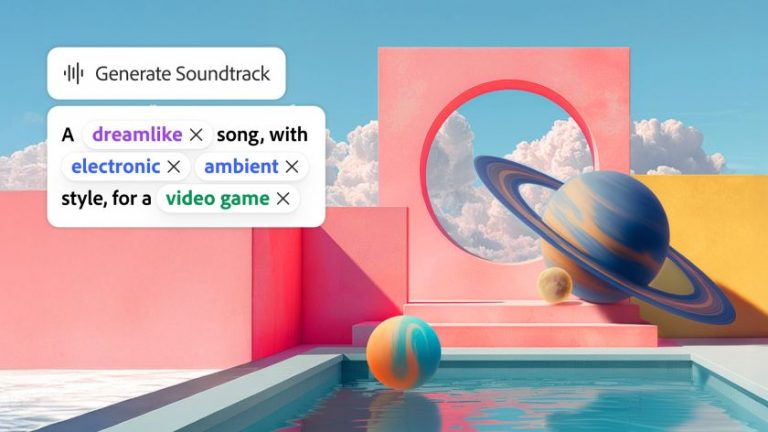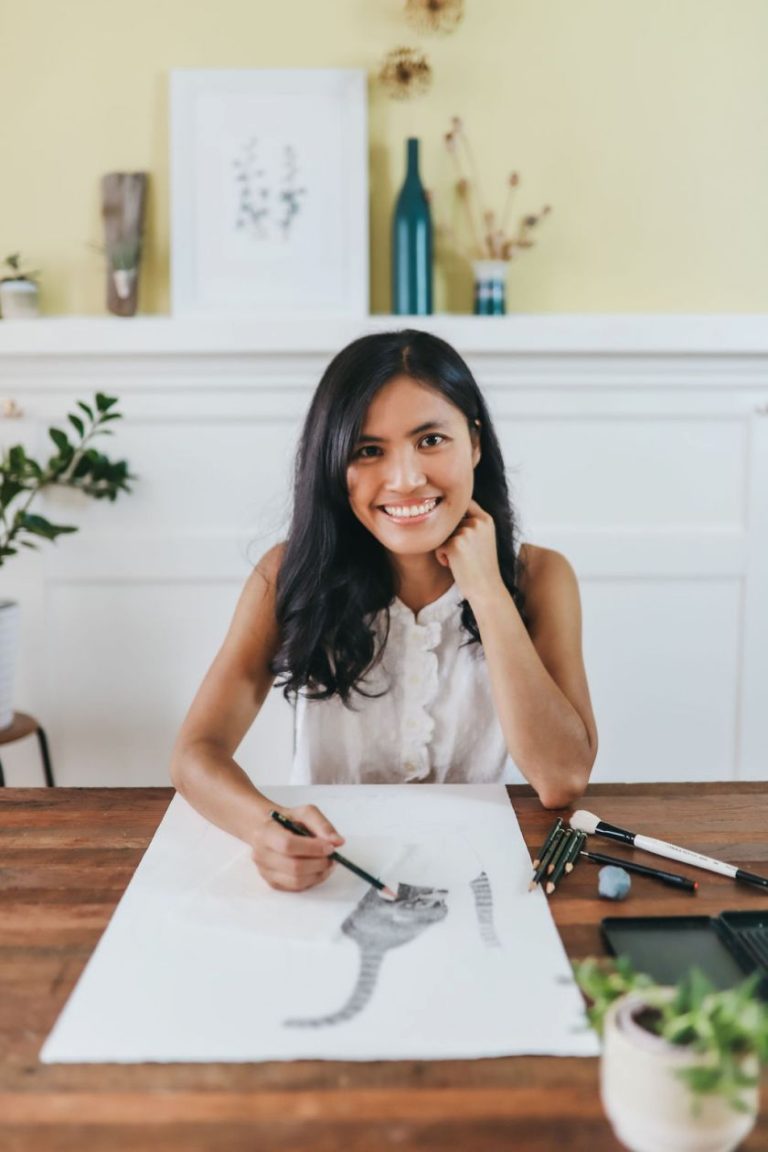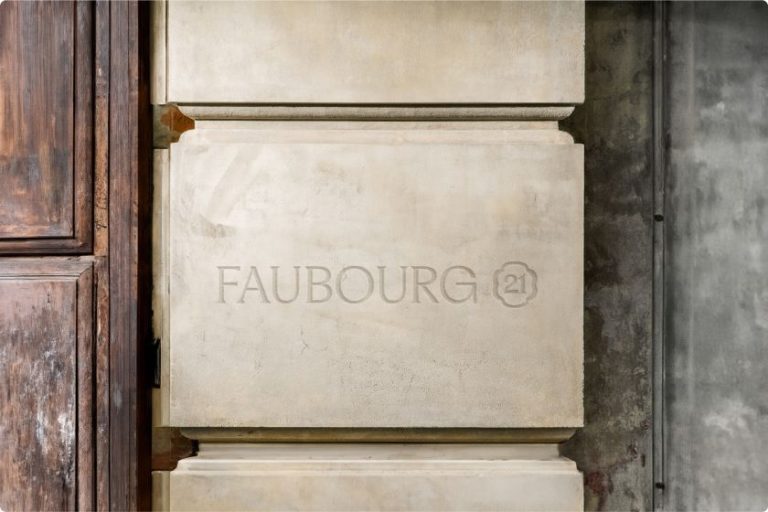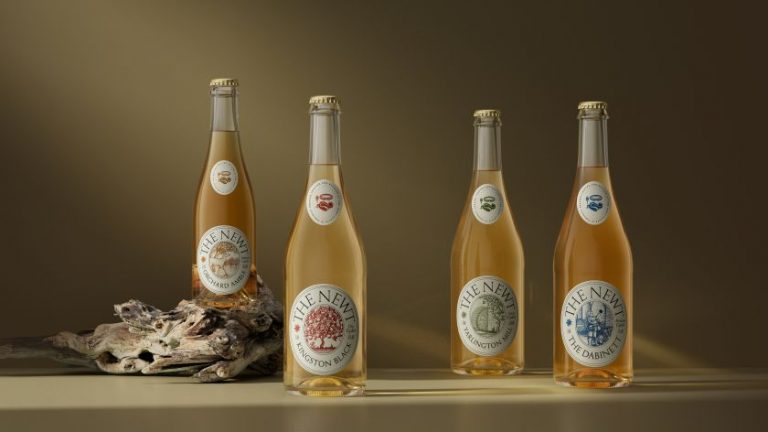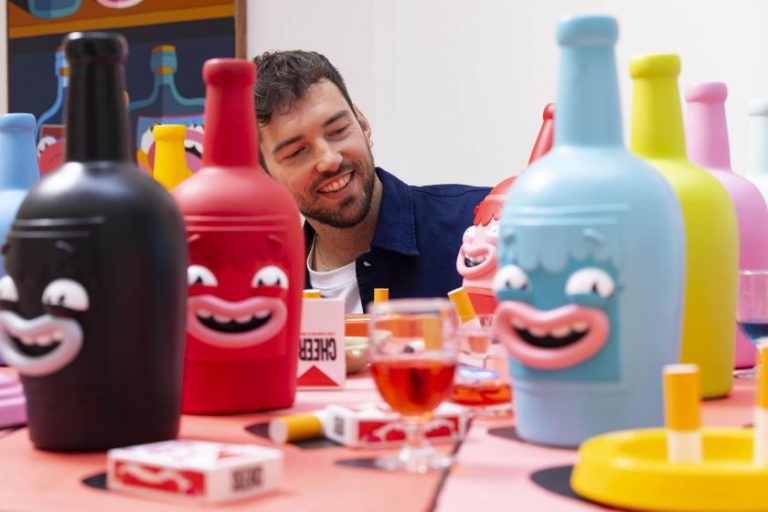Brooklyn-based CG artist and creative director Haruko Hayakawa specialises in creating stunning, bizarre visuals which tackle consumer culture, brands and nostalgia. We caught up with her to learn more about her work, and how a non-linear career has paid off.
For as long as she can remember, Haruko Hayakawa has always been drawn to art and the act of creation, whether that was drawings, sewing or exploring digital art. Today she is a CG artist and creative director, and in the past she was an associate creative director at Superunion, with a client list including The New York Times, Bon Appetit and Casa Noble.
Speaking to Creative Boom, Haruko reveals that her impressive career can trace its roots back to the early 2000s, where she was raised by the internet and found her home online on digital art platforms such as DeviantArt and Shadowness. But it wasn’t until she stumbled upon a tutorial for a 3D landscaping program called Bryce that she became aware of the potential of digital creativity.
“I was hooked from there and eventually started learning Cinema 4D R8,” she explains. “I would spend every minute I could outside of school figuring out how to model robots and Gundams. I was very inspired by Final Fantasy and wanted to learn how to create their beautiful characters and worlds.”
Haruko would go on to study 3D, motion and VFX at the School of Visual Arts, but later dropped out after feeling that the industry was not the right fit for her. Instead, she finished with a BFA in design with a focus on branding and packaging. After bouncing between agency work and in-house freelance jobs working as a food stylist in the photo industry, she settled back down into design and branding.
“I left my associate creative director job at the end of 2019 to go independent,” she reveals. “My packaging clients were struggling with supply chain issues and were not able to get products, material samples or rapid prototyping done, so I returned to my 3D roots to help them visualise their products when factories were shut down.
“This totally reignited my love of 3D and I spent the rest of 2020 on relearning and honing my modelling and texturing skills. My work now is a culmination of the last decade of my career working in various creative industries.”
Haruko decided to focus on 3D visuals because they combine her experience in advertising, branding, packaging, photography and CG. “It took me a long time to come full circle and return to 3D, but I feel like I needed to have a non-linear creative career in order to come back to it,” she says.
As well as her previous careers, Haruko is also heavily inspired by Japanese art and design. “It reminds me of the things I grew up with around the house; Ukiyo-e art, vintage Japanese album art and magazines, Studio Ghibli movies, Japanese TV shows etc,” she says. “I’m also heavily inspired by still life photography and surreal art.”
These days, Haruko creates imagery and animations for editorial outlets, brands and ad campaigns. She tries to keep her work somewhere between illustration and photography, which plays into her love of the uncanny and the surreal aspects of CG where it’s possible to create things that don’t exist in real life.
“I’m usually approached to create product-driven imagery where the object is placed into a highly imaginative environment and is manipulated in 3D,” she says. “I may play with different materials like glass and chrome to create images that aren’t possible in day-to-day life.”
It’s a fitting career as Haruko’s passion for consumer products runs deep. “I have always been aware of the effect that consumer branding has on society, especially when it comes to their sense of alignment amongst their community,” she says.
“It’s something I’ve long been fascinated by and I use these objects as a tool for story telling, whether that’s around mundane pantry staples or by using ultra luxury objects in a surreal or ironic way. I love introducing humour and a hint of subversion into my work.”
And by keeping an eye on emerging consumer brands, Haruko is also able to get a sense of where things are heading. “An example of this is the wave of non-alcoholic brands in the past few years,” she explains. “This signals that the way we socialise and part is rapidly shifting among the net generation. I personally find this interesting to observe.”
Indeed, it sounds like Haruko’s interest in brands has always run in parallel to her love of art. Even as a kid she noticed and was fascinated by food brands and packaging design. “I grew up in a home where my parents kept a pantry stocked with both Japanese and American brands — Kewpie, Budweiser, Skippy, Kikkoman, Calpico, Heinz and many more,” she says. “I love how design can depend on it’s country of origin and make an everyday product irresistible.”
This childhood connection manifests as a sense of nostalgia in Haruko’s work. She says this is because she always strives to emotionally connect with her art, which naturally pulls in her past experiences, her childhood inspirations, and her identity as an Asian American.
“My Asian-American upbringing is a driving force in my work,” she adds. “I grew up in a town where I was often one of very few Asian kids and I felt very out of place. I think my interest in Japanese design and art was my way of reconnecting back to my culture because the tone of the visuals felt so familiar, even though I couldn’t read or fluently speak Japanese. It was my way of understanding and expressing my identity.
“I now fuse my Japanese and American perspective in my work as it feels authentic to me. I’ve long felt like there wasn’t enough representation, and while I hope my work resonates with many, I especially hope it resonates with those with similar life experiences.”
It’s an authenticity which runs through every facet of Haruko’s career, from her artwork to her clients. In fact she only works on projects that she connects with and give her the room to create work that she loves.
“I can’t say I’m proud of one particular project this past year as I’m proud of most of them!” she concludes. “More than anything I’m proud of myself for making it through a crazy year on projects that pushed me to hone in my skills.”

